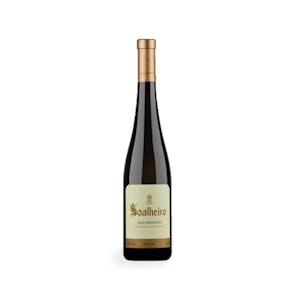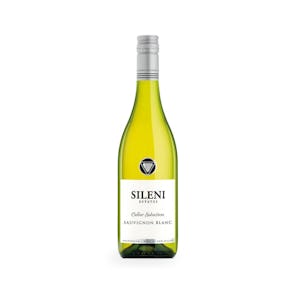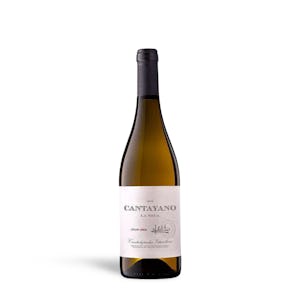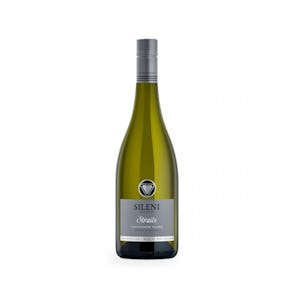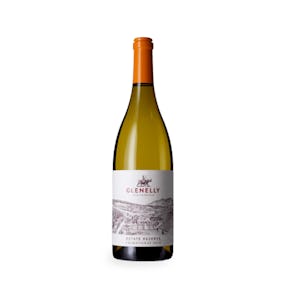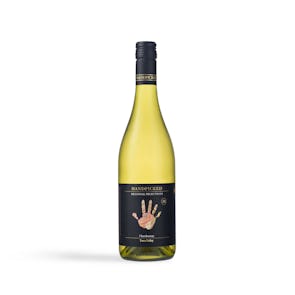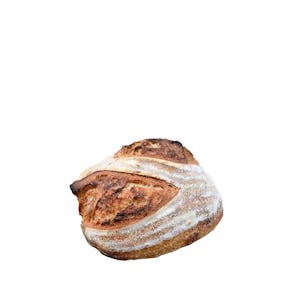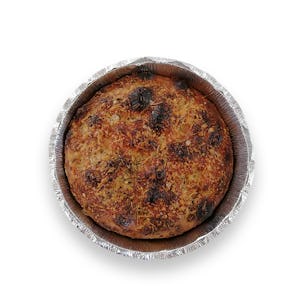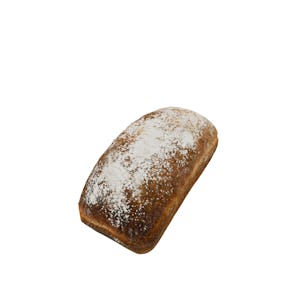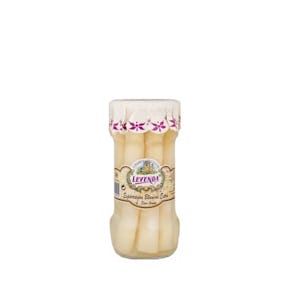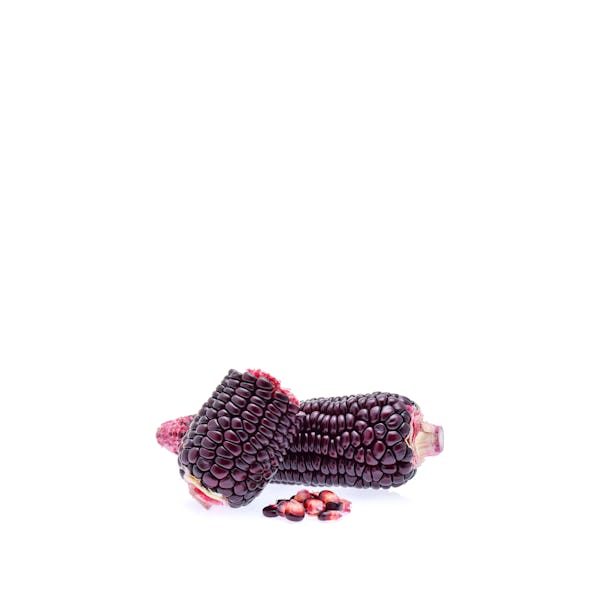

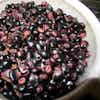
Maiz Morado (Dried Purple Corn)
Purple Power
TASTING NOTES FROM THE CURATOR
This purple maize is a sight to behold. Its deep purple kernels have a tender but crisp texture, and a sweet flavor.
Its color comes from the great amounts of anthocyanins, antioxidants that have the potential to fight obesity and help regulate insulin, therefore also fighting diabetes. It has anti-inflammatory properties, and can help lower blood pressure and cholesterol levels.
PREPARATION AND PAIRINGS
Usually sold dried, Maiz Morado is usually soaked in hot water to yield the deep purple color, and used as dye, or as color for foods and beverages. It’s rarely eaten on its own in Peru, instead popularly used in recipes like bread, sorbets, puddings, and tortillas.
A very popular way to use Maiz Morado is to make Chicha Morada, a non-alcoholic beverage popular in Latin America. It’s very delicious, so refreshing, and not at all difficult to make.
- In a large pot of water at high heat, place your dried purple corn, cinnamon sticks, pineapple peels, green apple peels, sugar, and cloves.
- Once the mixture starts to boil, reduce the heat and let simmer for about 45 minutes.
- Remove from heat. On a large bowl, place a strainer and pour your chicha through it, catching all the pulp, kernels, etc.
- Transfer your chicha to a pitcher, and let cool to room temperature. Once cooled, transfer to the refrigerator.
- Before serving, stir in lime juice, diced green apples, and diced pineapples.
- Enjoy!
PURPLE POWER
Corn has been considered a sacred crop in the age of the Incas. A constant in Peruvian cuisine, purple maize was known by ancient cultures as the “plant of remembrance,” and all present strains come from an ancient purple corn called “Kculli.”
Maiz Morado is grown in the Peruvian Andes, at 10,000 to 15,000 above sea level. This harsh environment forces the crop to produce huge amounts of anthocyanins, which gives it its deep purple color. This is vital to the crop’s survival. This is also the reason this color is mostly lost when you plant purple corn outside of Peru.
Storage Instructions
Store in a cool, dry place.

